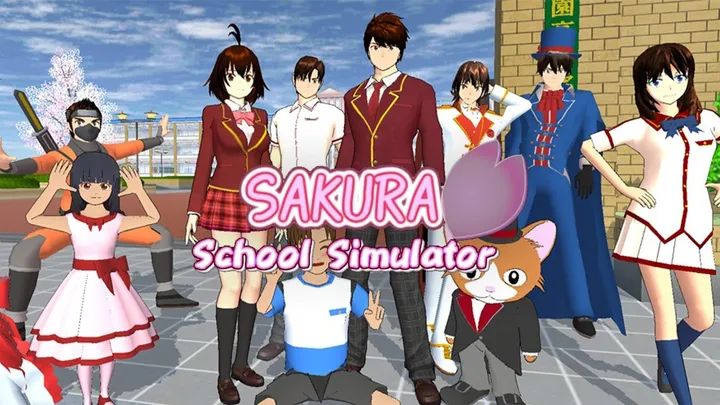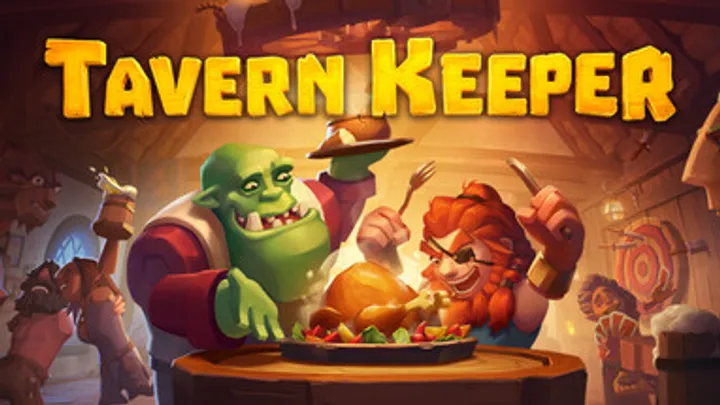Introduction
SAKURA School Simulator is a vibrant, open-world simulation game where players explore school life, social interactions, and adventures in a Japanese high school setting. Success in the game involves mastering movement, understanding NPC behavior, customizing characters, completing quests, and exploring all interactive features. This guide provides comprehensive strategies to fully enjoy and excel in SAKURA School Simulator.
Whether you want to roleplay a student, engage in story missions, or explore every secret in the city, mastering the game requires patience, planning, and creativity. From character customization to mastering controls and completing quests efficiently, this guide will help you make the most of your SAKURA School Simulator experience.
1. How to Customize Your Character
Character customization is the first step to creating a unique identity in SAKURA School Simulator. You can modify appearance, clothing, accessories, and even personality traits.
Choose a style that suits your preferred playstyle. Special outfits may unlock unique interactions or abilities. Experiment with hairstyles, colors, and clothing to stand out in school and city life.
Customization Tips:
- Mix and match clothing and accessories for a unique look.
- Focus on outfits that provide specific stat boosts if available.
- Regularly update appearance to keep your character fresh and engaging.
2. How to Navigate the School and City
Mastering movement in the school and city is crucial for completing missions and exploring efficiently. The game provides running, jumping, and other interactive movements.
Learn shortcut paths, hidden areas, and rooftops to navigate faster. Understanding NPC traffic patterns helps avoid obstacles and access key locations quickly.
Navigation Tips:
- Use maps to plan efficient travel between locations.
- Explore rooftops and alleys for hidden items or shortcuts.
- Pay attention to time-sensitive events or missions.

3. How to Interact with NPCs
Interacting with NPCs is essential for progressing in missions and unlocking storylines. NPCs have different personalities, schedules, and quests.
Build positive relationships to gain favors, quests, or rewards. Some NPCs may provide special items or unlock hidden events. Negative interactions can lead to hostility or missed opportunities.
NPC Interaction Tips:
- Complete tasks for NPCs to increase friendship levels.
- Observe NPC routines to interact at optimal times.
- Experiment with dialogue options for unique outcomes.
4. How to Complete Missions and Quests
Missions and quests drive progress in SAKURA School Simulator. Successfully completing them rewards items, unlocks new locations, and enhances reputation.
Pay attention to mission objectives, timing, and NPC requirements. Use maps and hints to locate quest items or characters quickly.
Quest Completion Tips:
- Prioritize main story missions for progression.
- Complete side quests to earn extra rewards and experience.
- Keep track of multiple quests to optimize time and efficiency.
5. How to Use Vehicles and Gadgets
Vehicles and gadgets provide mobility and fun gameplay elements. From bicycles to hoverboards, mastering their controls enhances exploration and efficiency.
Practice driving or controlling gadgets in safe areas before using them in crowded environments. Some gadgets may unlock shortcuts or hidden areas.
Vehicle and Gadget Tips:
- Use vehicles to cover long distances quickly.
- Experiment with different gadgets to discover hidden mechanics.
- Avoid collisions or obstacles that can damage vehicles or disrupt missions.

6. How to Manage Items and Inventory
Inventory management helps keep essential items accessible. Organize equipment, consumables, and quest items for quick use.
Regularly check inventory for items that can be combined, sold, or used in missions. Efficient inventory use reduces time wasted searching for items.
Inventory Tips:
- Prioritize quest and essential items for easy access.
- Store extra items in lockers or storage points.
- Use consumables strategically during missions or combat.
7. How to Participate in Events and Minigames
SAKURA School Simulator features various events and minigames that provide rewards and unique experiences. Participating boosts character stats and offers fun breaks from main gameplay.
Observe event schedules and requirements. Some events may require specific items, skills, or NPC interactions to participate successfully.
Event and Minigame Tips:
- Participate regularly to maximize rewards.
- Prepare necessary items or skills before joining events.
- Use minigames to improve stats or earn rare items.
8. How to Explore Secrets and Hidden Features
The game world contains hidden areas, items, and interactions that reward exploration. Discovering secrets enhances gameplay enjoyment and provides unique advantages.
Check rooftops, back alleys, and underused locations for hidden NPCs or items. Completing hidden missions often unlocks rare rewards.
Exploration Tips:
- Experiment with jumping, climbing, and interaction mechanics.
- Follow NPC hints for secret locations.
- Revisit areas at different times to uncover time-sensitive secrets.
9. How to Improve Skills and Abilities
Skill progression enhances your character’s performance in missions, combat, and exploration. Focus on activities that improve key abilities.
Balance between social, combat, and movement skills based on your playstyle. Use items or events that provide skill boosts for faster progression.
Skill Improvement Tips:
- Train regularly in activities that boost desired stats.
- Complete challenges or side missions for additional skill points.
- Monitor skill growth to adjust gameplay strategy accordingly.

10. How to Achieve Long-Term Success
Long-term success in SAKURA School Simulator requires balancing character development, social interactions, exploration, and quest completion. Set goals for story progression, skill mastery, and social achievements.
Maintain relationships, explore new areas, and engage in events to build a well-rounded experience. Experiment with different strategies for maximum enjoyment and efficiency.
Long-Term Strategy Principles:
- Balance main story and side activities for steady progress.
- Continuously upgrade skills and items for better performance.
- Explore all game mechanics to discover hidden opportunities.

















